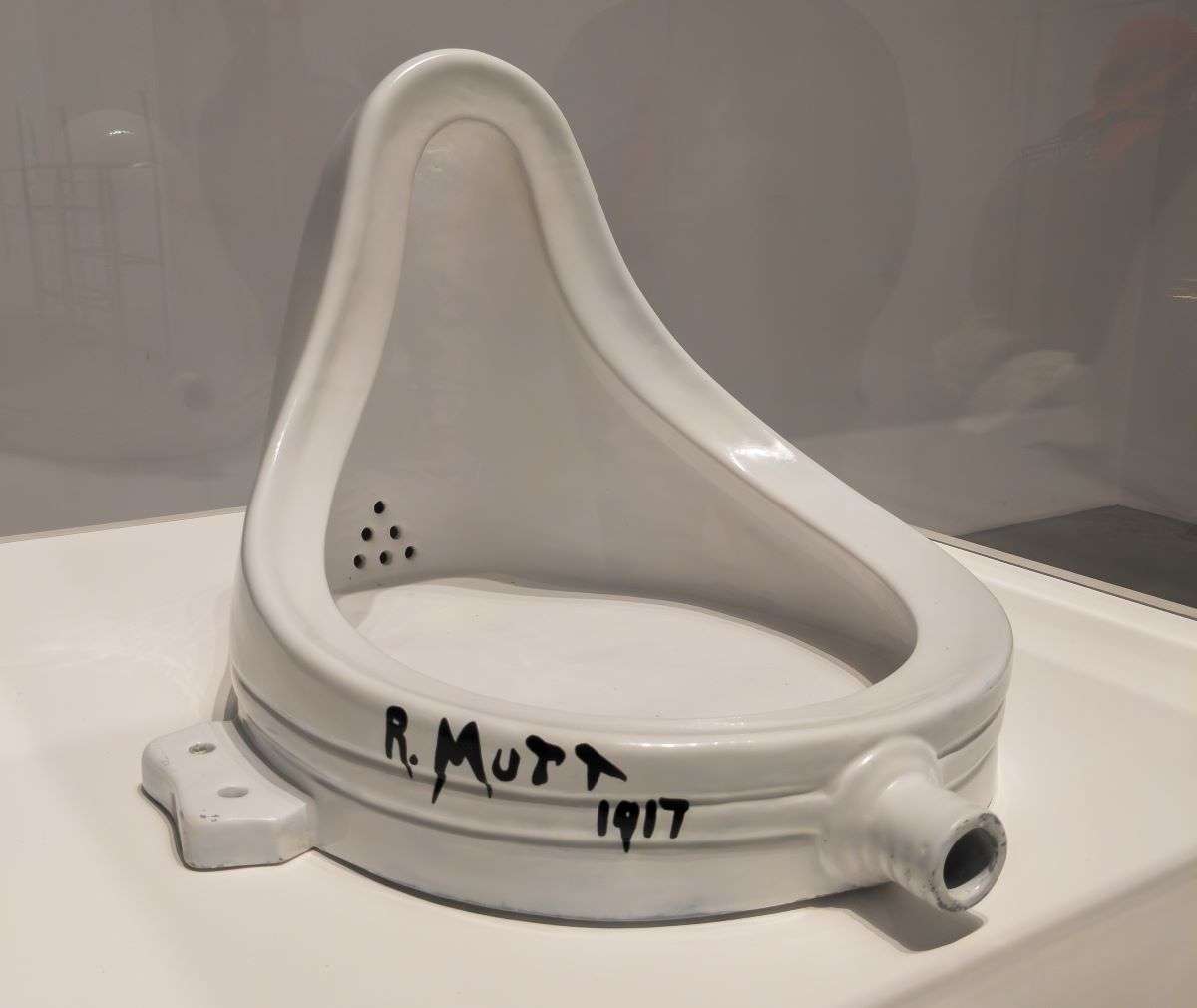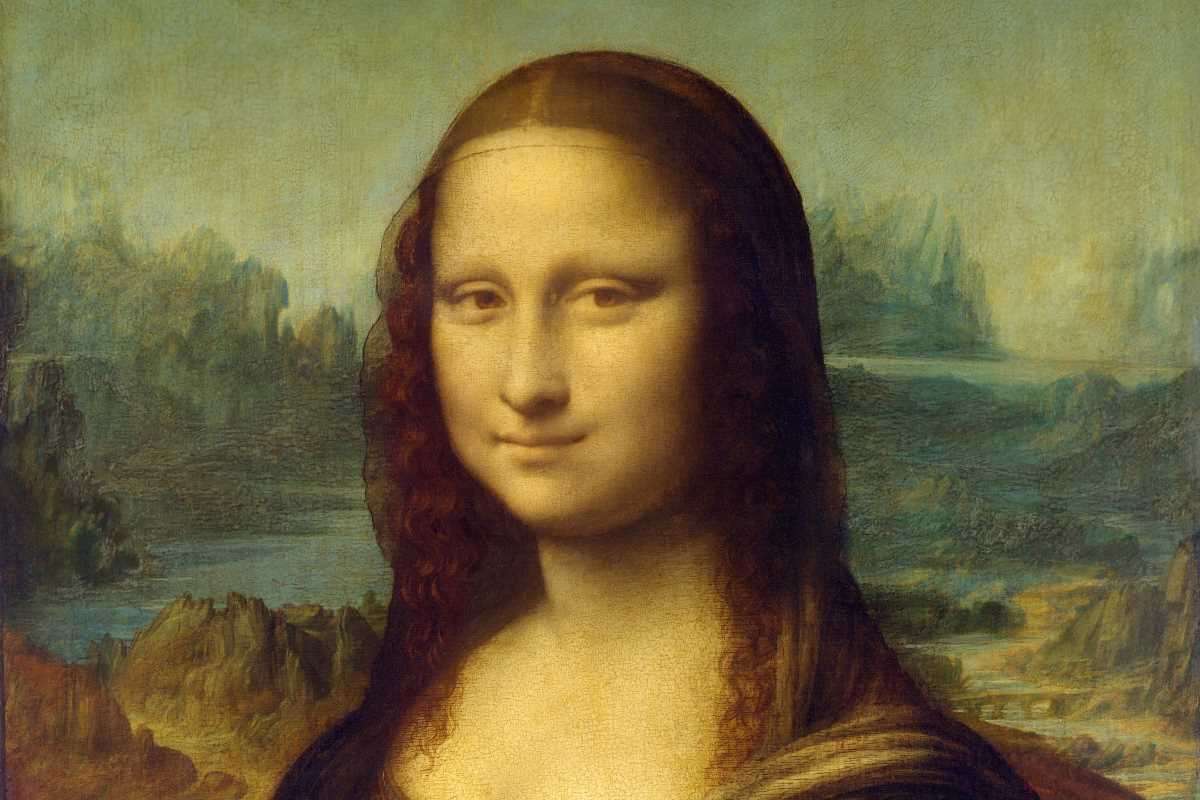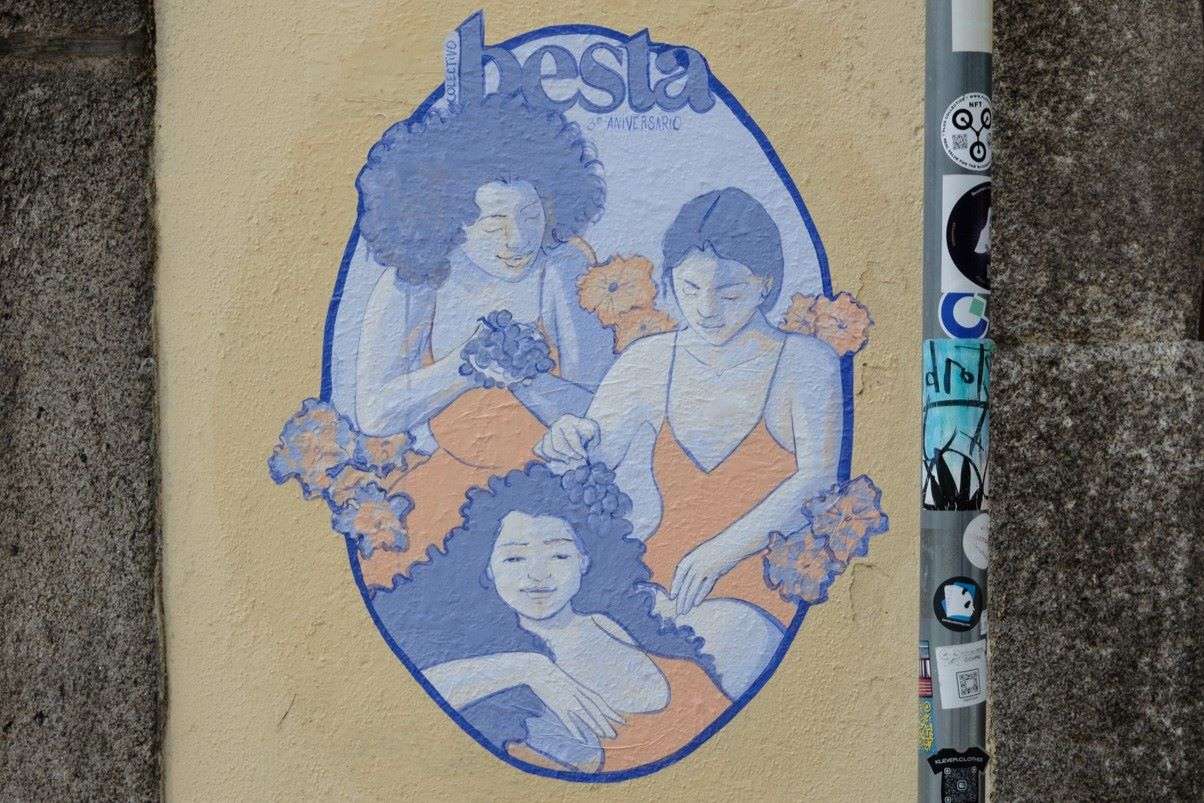The Oscars are right around the corner and today we are here to talk about a film that has several nominations: The Conclave. We are not going to discuss cinema nor religion per se, although that is inevitable, but rather about how a painting was so important in the script and the editing of this movie.
To begin with, and as the name suggests, the film takes place during a conclave. As most of you probably know, the conclave is a ritual of the Catholic Church that takes place after the death or resignation of a Pope and is meant to elect a new Pope.
So the College of Cardinals is assembled and the conclave is held behind closed doors in the Sistine Chapel in the Vatican until a new Pope is elected. No matter how long it takes, the chosen one must have received more than two-thirds of the votes, so it can be a long and exhausting process.
Since the film is set in the Vatican, mainly in the Sistine Chapel, it is only natural that the background in many of the scenes is the Last Judgment, a fresco by Michelangelo that represents his personal vision of the end of times, that is, the day when God will judge and condemn or save all the people who have ever lived.
Unlike other Last Judgements painted by other artists, Michelangelo replaced the representations of physical torture with the expression of spiritual agony, visible in the contorted bodies, accentuated by the composition itself, which creates an emotional and turbulent atmosphere.
We can see the figures of Christ and Mary in the center, and on their right side we have the dead rising from their tombs towards Heaven. On the other side, we have Charon and his boat to transport sinners to Hell. Interestingly, this is the side that always makes visual contact with the main character of the film and, consequently, with us as viewers.
Our main character here is Cardinal Lawrence, who is in charge of guiding the entire process and leading the election of the new Pope. Obviously, during this period there is a huge political game full of intrigues, so that certain cardinals and their interests are favored in the votes.
The plot of this film revolves around exactly that: mysteries, conspiracies, morals and ethics, just like the painting in question. In fact, we start with four favorites for the position of Pope and that number decreases as the narrative of the film and the scrutiny of each one’s life unfolds, and they are forced to step away from the position.
So this is a film that addresses the issue of faith from various points of view, particularly in the case of Cardinal Lawrence, because he is someone who has had difficulties with his own faith, with his communication with God, and we know from the beginning that he does not want the Papacy.
The Last Judgment is so present in the film that it speaks to us and to Lawrence almost as if it was a character too. Especially because whenever Lawrence goes to the ballot urn to cast his vote, he looks at this fresco almost as if asking for some kind of sign or even permission, and as if the fresco was a witness to his choice and were judging him for it. Basically, it is as if the artwork itself was paying attention to the members of the conclave and sentencing them either to Heaven or to Hell based on their votes.
And indeed, anyone who has ever had the opportunity to visit the Sistine Chapel can testify that this particular fresco is a completely overwhelming sight.
It is no wonder that throughout the film, Lawrence’s gaze at the fresco reveals almost a sense of doubt and fear for the demonic figures that do not allow sinners to ascend to heaven. Almost as if the conclave’s decision was overseen by the Last Judgment. And this comes possibly from Lawrence’s responsibility to lead the Church in the best way, and from feeling almost like an impostor, since he has doubts about his faith and his role in the Church.
In short, the Last Judgment is guiding this conclave.
Careful now, big spoiler ahead! You’ve been warned!
Finally, it is at the moment when Cardinal Lawrence changes the name he has been voting for and votes for himself that an explosion occurs outside. The explosion shatters some windows and causes the only part of the fresco that remains illuminated to be the figures of the demons that have been tormenting him throughout the film. And it is at this moment that Lawrence himself looks at the fresco and realizes that he did not make the right choice. And this is the sign he was looking for and that makes him change course in the final vote.
This is our reading of the movie and how the Last Judgment is part of the narrative and helps tell the story. Did you have the same interpretation as us?





